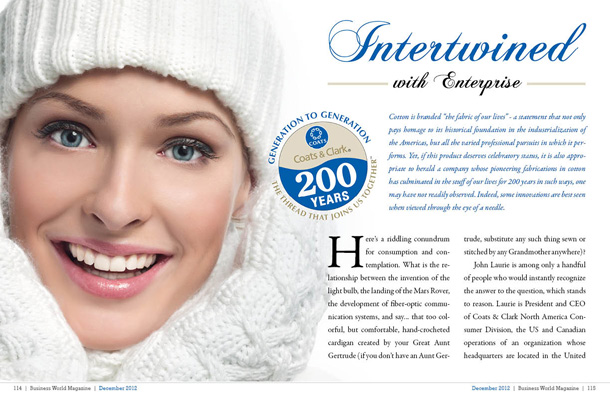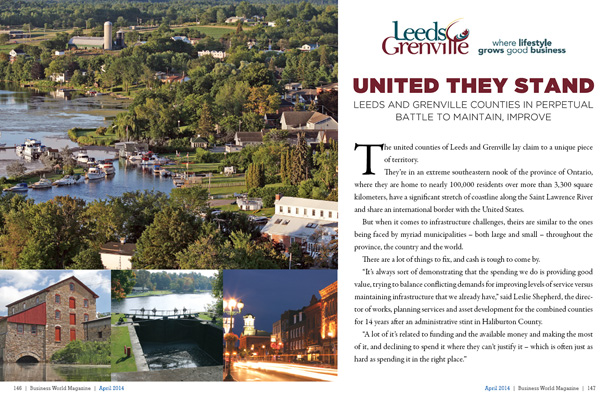

By Antonia Magee
RETAILERS hoping for a sales surge at Christmas would, for the most part, be feeling let down.
Having survived a year of rampant discounting, a record high Aussie dollar and climbing interest rates, the less-than-impressive Christmas trading means many retailers are entering 2011 on their knees.
And, according to the experts, retailers are unlikely to discern any great improvements soon.
James Stewart, retail expert for corporate doctor Ferrier Hodgson, compares retail conditions to the early 1990s, when Australia was mired in recession.
Except this time it’s happening in an economy that everyone from the Treasurer to the Reserve Bank of Australia to the International Monetary Fund insists is one of the best anywhere in the developed world
Mr Stewart said it had been “the toughest run-up to a Christmas that retailers have seen for almost 20 years”.
He said consumers were more conservative, judicious and constantly on the hunt for a bargain — something Myer boss Bernie Brookes said he wanted to stop in September but was still battling with this month.
“Consumers now know there is real value in waiting for retailers to go on sale,” Mr Stewart said.
Interest rates
Australian National Retailers Association chief Margy Osmond said retailers looking for a light at the end of the tunnel would have to wait a little longer until conditions improved.
“At the start of 2010 we were predicting recovery in the first two quarters of 2011. I think you could look to push that out quite a way,” Ms Osmond said.
“There are a number of imponderables here, not the least of which is what the RBA might do, and secondly what the banks may do after the RBA does whatever it decides to do.”
Ms Osmond said interest rate rises had become a “psychological issue” and it wasn’t the impact of those rises on homeowners’ bank accounts that kept shoppers at home.
“It’s this constant sensation of uncertainty,” she said. “Rates going up and the prospect of a rate increase is enough to slow consumer behaviour now.”
Credit Suisse retail analyst Grant Saligari said times had changed and the Australian retailing would remain in turmoil for some time.
“The year ahead will be pretty much more of the same; interest rates will continue to go up (and) you’re probably going to have sub-trend consumer spending as a result,” Mr Saligari said.
“It’s going to remain a difficult retail environment.”
Mr Saligari said interest rates and pressure on household budgets would continue to be strong influences on savings and spending.
“It looks like rates will continue to stay at a level that will keep consumer spending fairly subdued,” he said.
Online shopping
Shopping over the internet is the one area that appears to be growing.
According to business researcher BIS Shrapnel, the value of the Australian online retail market has hit $21.3 billion — up 4.6 per cent in the past year.
IBISWorld expects the market to be worth $22.2 billion by the end of 2012.
Despite the growth, online’s share is still barely 3 per cent of all shopping.
Nevertheless, when the dollar hit parity with the US greenback in early November retailers started to get seriously worried about the money they were losing to cheaper sites overseas.
The resurgent Australian dollar saw retail rivals Bernie Brookes, Harvey Norman’s Gerry Harvey and Just Group’s Solomon Lew united in protest over the GST-free threshold on goods bought on offshore websites for under $1000.
The trio claimed retailers and the Federal Government were missing out on billions of dollars in revenue and taxes because of shoppers increasingly buying cheaper goods on the internet without the 10 per cent GST.
Their chorus of dissent against the amount of cash leaving Australia – and avoiding their tills – helped convince the Government to commit the Productivity Commission to investigate the effect of online shopping on retailers — an inquiry that will take most of the next year to complete.
Whatever the findings, Evans and Partners research analyst Tony Wilson said online shopping was here to stay and retailers needed to get their act together if they were to prosper in the digital age.
“Fundamentally, people are going to have money in their pockets to spend next year . . . the issue you have is where people are going to spend that money,” Mr Wilson said.
He said retailers needed to cut prices and make their online experience a feature rather than a sidebar.
“Retailers in Australia really need to develop some more sophisticated online stores and they’re only just starting to do that, like Myer and David Jones,” he said.
“If ultimately they don’t make those adjustments I think we will see more and more dollars spent offshore.”
Mr Wilson said that if the Government lowered the GST-free threshold on goods bought on international websites to closer to $400 it could limit the number of people taking up online shopping.
But Mr Saligari said it was not just the dollar or the GST that had sent people searching for bargains online but a natural change in consumer habits.
“It seems a lot more prominent this year and next year could be more of the same,” Mr Saligari said.
“Retailers are going to have to offer a better quality retail experience (and) there will continue to be a shakeout of better quality retailers from those that are not quite up to the job.”
Source: www.heraldsun.com.au







